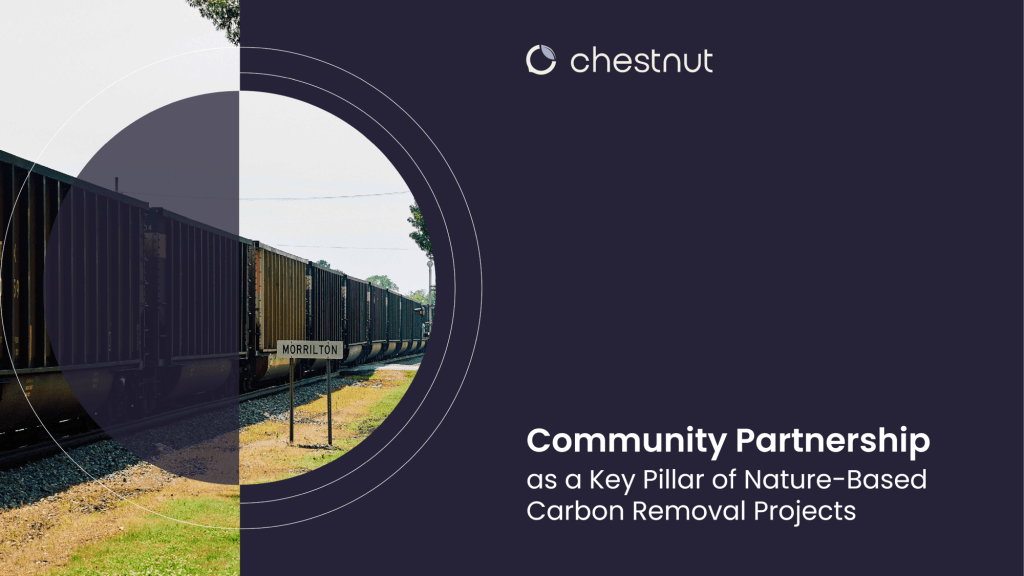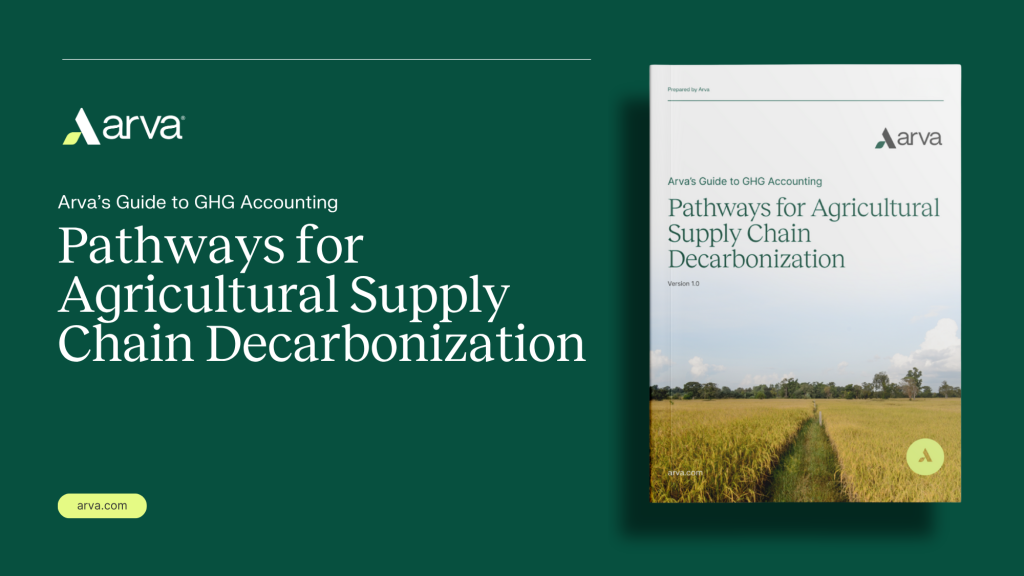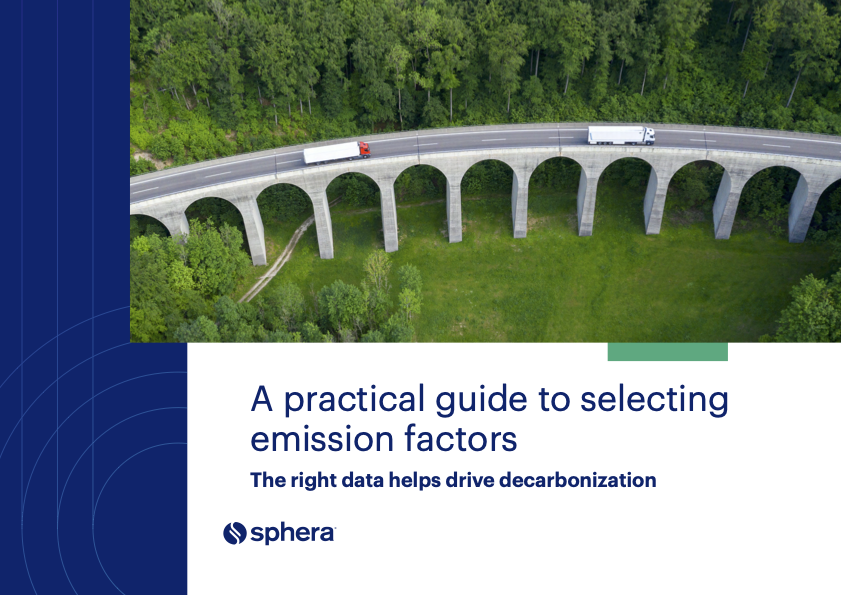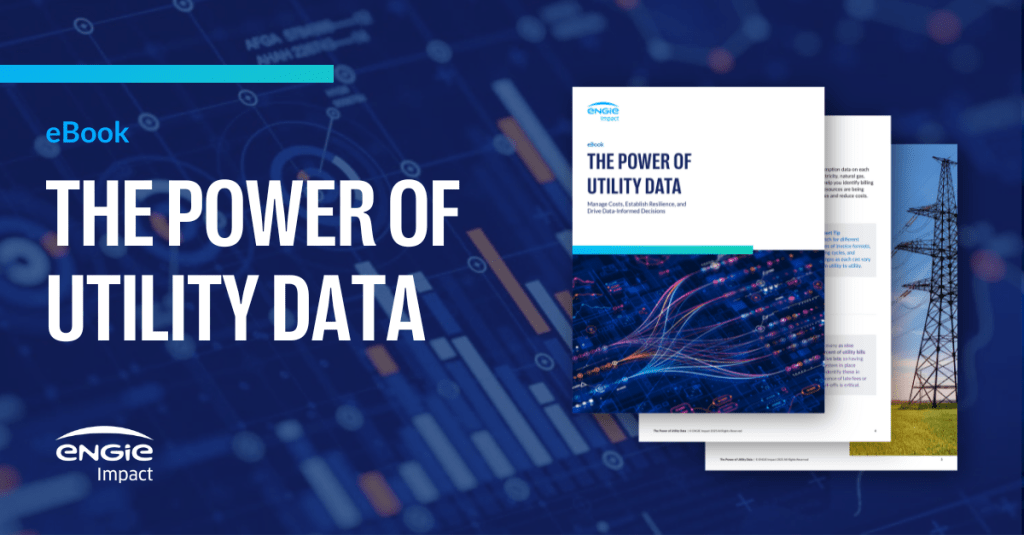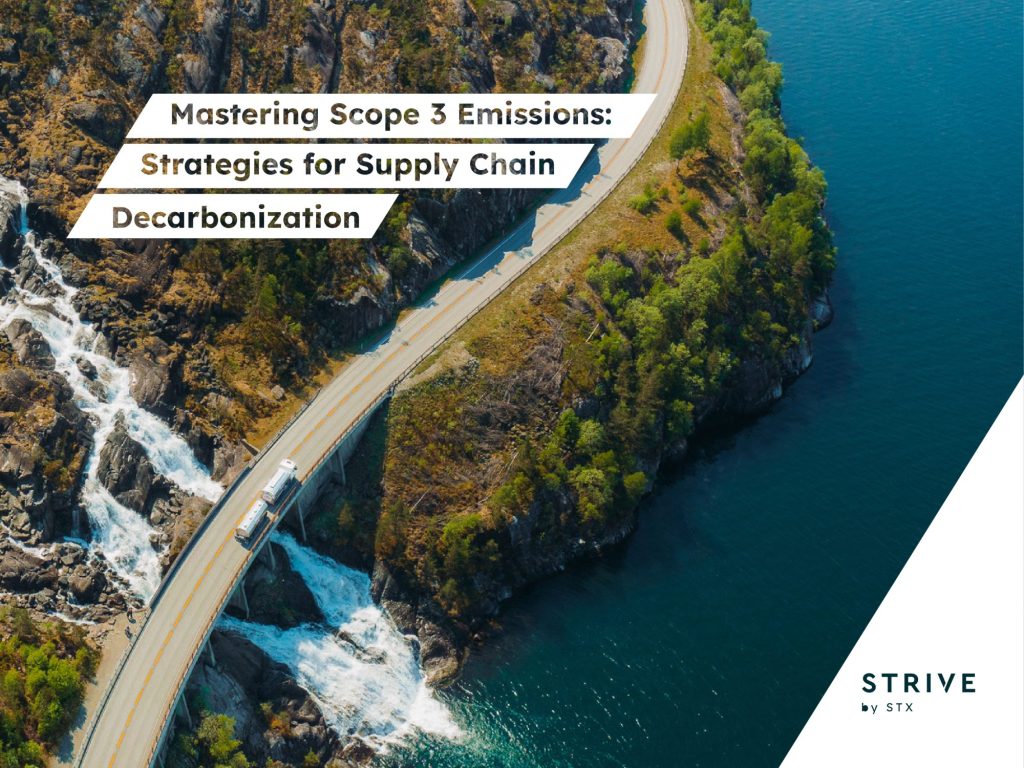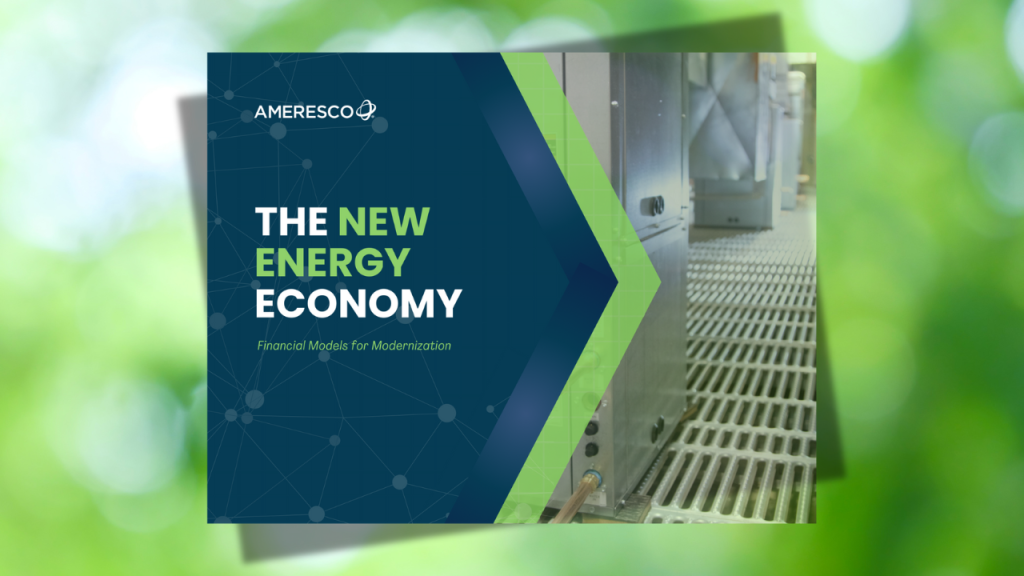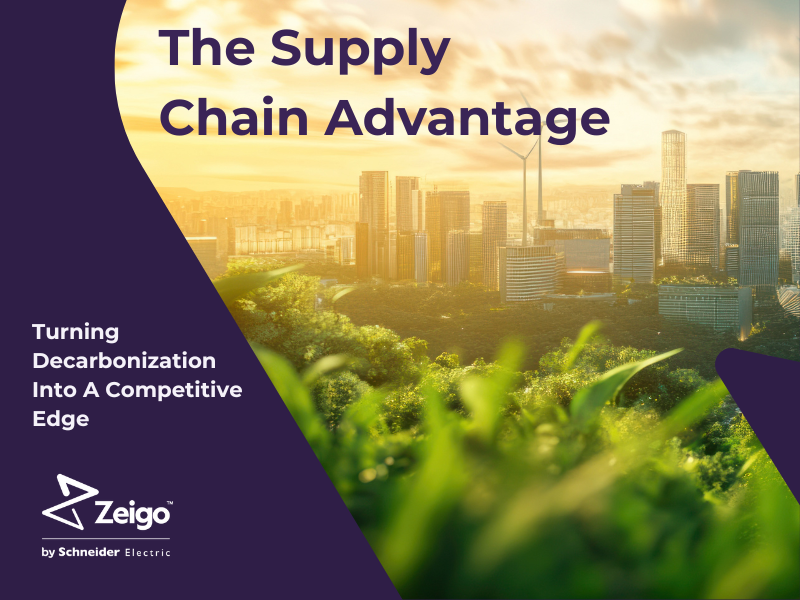Forestry and Climate
The Big Picture
It should come as no surprise that the World Resources Institute cites four highly interrelated issues that will determine sustainability in the coming decades: “maintaining forest health and productivity, safeguarding biological diversity, preventing industrial pollution, and adapting to climate change.” Sustainable, climate-conscious forestry represents a complex, interlocking system of ecological and environmental considerations that can impact all four of these critical issues.
First, forestry practices and the forestry industry have a significant impact on climate change in two principal ways. Trees absorb and store greenhouse gases from the atmosphere, but release them when they are cut down or burned. As such, the world’s forests function as a carbon sink by removing carbon dioxide from the atmosphere through photosynthesis, then storing it in soils, tree trunks, and detritus on the forest floor. Unfortunately, the value of such ecosystem services are left unaccounted for, and aren’t usually calculated in determining the “value” of trees and forests.
Second, the climate impacts of the forestry industry extend far beyond the direct stewardship of trees and land. For example, the industry ranks as one of the most energy-intensive, using large amounts of natural gas, fuel oil, and electricity to power production processes. In addition, the raw materials for forest products such as lumber, wood, and pulp and paper often come from remote countries and must be shipped around the globe, so the transport of both raw materials and finished products also contributes to climate change through emissions from burning fossil fuels.
But here again there is a trade-off: While the forestry industry is a large consumer of energy, it is also a large supplier of biofuels like fuelwood and charcoal. These energy resources — which include forestry and agriculture crops and biomass residues and wastes — represent 14% of global energy supplies. In developing countries especially, wood products are widely used for providing energy for heating and cooking.
Forestry companies have many opportunities to improve their management practices and respond effectively to the challenges of climate change. Changes in land use and forestry were responsible for nearly a fifth of the total global emissions of greenhouse gases in 2000. By slowing deforestation and improving forestry practices, as much as 25% of the emissions reductions needed by 2050 to avoid large temperature increased could be achieved. Moreover, improvements in the manufacture of forest products offer significant opportunities to reduce greenhouse gas emissions by improving energy efficiency, thereby delivering potentially large cost savings to companies’ bottom lines.
Key Players
- Companies in the forestry, lumber, and paper and pulp industries. Throughout the forest products supply chain, companies are finding ways to respond to climate change. Forest management companies are changing policies and practices to become more sustainable, ensuring long-term supplies are available and avoiding market disruptions associated with conflict timber and environmental degradation. The benefits of carbon sequestration will be most significant for companies that work directly with forests. Lumber companies and paper and allied products companies are finding that investments in energy efficiency can pay off big in terms of reduced energy costs and greenhouse gas emissions. Recognizing the value of sustainable forestry, some companies are marketing products as sustainably harvested, using one of several certification standards.
- Kyoto, CDM, and JI. The mechanisms allowed by the Kyoto Protocol, including the Clean Development Mechanism and Joint Implementation projects, allow covered parties to use forestry-based carbon sequestration projects to meet emissions reduction goals. This means that reforestation activities have an additional value beyond the addition of trees: they can be used to offset emissions. In many cases, the offsets can be sold or traded on the open market.
- Eco-labels and third-party certifiers. There are a number of groups that certify that products and processes are consistent with responsible forest management and greenhouse gas reduction. There are also organizations certifying that suppliers are selling products or managing forests sustainably and eco-labels for consumers who want to shop responsibly.
- National governments and environment/natural resource agencies. Many governments are de facto forestry experts. They often own the majority of forested lands in their countries and license companies to log them. They also support forestry research.
- Non-governmental organizations. The twin global problems of climate change and deforestation have aroused the passion of individuals and civil society organizations around the world. There are many organizations working to preserve biodiversity and the carbon-scrubbing properties of trees and forests.
The Upside
- The quality and acceptability of forest management practices, including climate protection, are major forces for change, particularly in an age where the social value of natural resources is rapidly catching up to the value of traditional forest products offered by the industry.
- Companies can save money by implementing energy efficiencies throughout the lifecycle of forest products.
- The market for sustainably harvested forest products is growing and consumers are demanding environmental responsible products.
- Activities such as reforestation and forest stewardship are coming to be valued as environmental services, which may mean forestry companies could soon have a new source of revenue, protecting the natural resources they own.
- Certification schemes allow companies to gain recognition for their activities.
Reality Check
- Some experts question the effectiveness of sequestration in responding to climate change. Forest carbon sequestration science is advancing and there are rigorous methodologies for accounting for the effect of forest management practices on carbon stocks. However, biological carbon sequestration is temporary, given that all trees eventually die (or are burned or cut down), releasing their stored carbon back into the atmosphere.
- Companies that engage in sustainable forestry must compete in a global marketplace that includes many illegal forestry activities. The problems are more widespread than any one company or country, and cannot be solved without cooperation among companies, governments, and nonprofit organizations.
- For the forestry industry, climate change is an additional constraint and its impact will be felt on the marketplace (including through international environmental regulation) as well as on forest resources themselves.
Action Plan
- Understand the value chain to assess climate impacts beyond those that are currently measured. The value chain starts with companies (and government agencies) that own forested land, the companies that directly harvest timber and that engage in reforestation activities; these companies work directly with the land and their practices can significantly affect the amount of greenhouse gases that are released to or sequestered from the atmosphere. They are the suppliers to paper and pulp mills where the raw materials are transformed into intermediate or final products. The final step in the supply chain is the forest product manufacturers and retailers.
- Make a commitment. By clearly defining the climate protection goals related to management of forest resources, companies can begin to make progress in implementing responsible business practices.
- Assess your footprint. Determine what the major emissions of greenhouse gases are for your company. These include the net outflows and inflows of carbon to forested ecosystems as well as emissions from direct energy usage and electricity purchases.
- Examine the chain of custody of your company’s supply chain. Are responsible procurement policies in place to ensure purchasing decisions are aligned with environmentally responsible principles? There are a number of tools and resources for these companies to reduce the impact of purchasing and design decisions, such as using recycled paper for products and packaging. These include guides for purchasing paper, design guidelines for products and packaging, as well as management systems and communications tools for buyers and suppliers.
- Reduce emissions. One of the best ways can companies minimize their climate footprint is by increasing the energy efficiency of their processes, including manufacturing and transportation. Pulp and paper processing is one of the most energy-intensive industries, the opportunities for improving energy efficiency — and realizing significant cost savings — are numerous.
- Invest in carbon sequestration projects. The forestry industry is unique in that it offers a potentially huge opportunity to increase the amount of carbon dioxide taken from the atmosphere through tree-planting. Science has progressed in quantifying the amount of carbon sequestered in forest-based sinks. However, there are other considerations that affect the quality of the sink, such as whether there are permanent controls to preserve the stock and the diversity of plant and animal species and the health and stability of the ecosystem.
- Certify forestry practices with an established organization. Certification schemes are necessary in communicating and assuring that products and companies are following through with promises to responsibly manage forests and the manufacturing of forest-based products. It is the most visible element of sustainable forestry practices to consumers and business-to-business customers.
- Use biofuels to power industrial processes. Climate-neutral biofuels are an attractive source of “green and clean,” especially for energy markets that have easy access to lumber supplies. By-products of the pulping process can be reused by gasifying and using them to power on-site electric utilities.
Leads
- The BioCarbon Fund provides carbon finance for projects in developing countries that sequester or conserve greenhouse gases.
- The American Forest & Paper Association’s Sustainable Forestry Initiative provides certification to forests and related companies for forest management practices.
- Forest Trends promotes market-based mechanisms that support sustainable forest management and conservation.
- The Sustainable Forest Products Global Alliance (SFPGA) is a public-private partnership that encourages responsible management of forest resources, reducing illegal logging, and increasing the supply of responsibly harvested forest products to developed countries.
- The U.S. Department of Energy’s Forest Product Industry of the Future program partners with the forest products industry to support collaborative R&D and other strategies to reduce the industry’s energy intensity.
- The Forest Stewardship Council provides an independent labeling scheme on international timber and timber products to support sustainable forestry and timber production.
- Metafore collaborates with leaders in business and society to create innovative, market-based approaches that support thriving forests and communities.
The Bottom Line
Forestry management practices can have a significant effect on whether the land is absorbing or releasing greenhouse gases. Likewise, management practices can effect whether biodiversity is preserved, by keeping old-growth forests pristine, or whether ecosystems are degraded and species are lost, by logging biologically diverse areas or by reforesting with monoculture tree plantations. As with any complex process there are multiple opportunities for intervention and to reduce the negative impacts on the environment.

